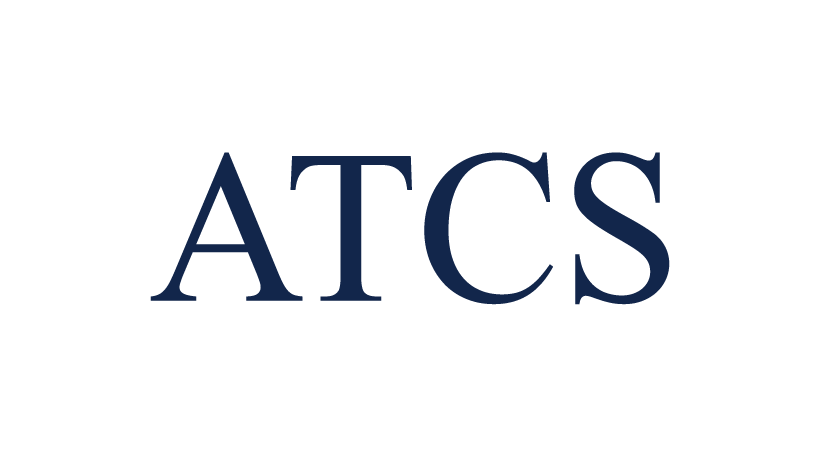Alternative Item Types: A New Testing Component for FE, FS and PS Practice Exams

Are You Ready for AITs?
Over the years, I have observed that taking the multiple-choice Fundamental of Engineering (FE) tests comes more easily for some examinees than for others. Even some students enjoy taking these tests and exhibiting their knowledge while others dread the process and suffer from test anxiety. Knowing what format the test will have can help you develop your own learning and preparation process and focus on the strategies needed to do well. As we promised last month, today we are going to talk about some new exam formats including the new AITs.
Starting July 1, 2017, all computer-based NCEES exams will introduce a new testing component called Alternative Item Types (AITs). Alternative item types will be incorporated into the FE, FS, and PS practice exams. Alternative item types provide opportunities to assess the technical knowledge of examinees using methods not available through paper-and-pencil based testing.
AITs are questions other than traditional multiple-choice questions. According to NCEES, all computer-based exams will incorporate commonly used alternative item types that include but are not limited to the following:
- Traditional Multiple Choice Questions – A multiple-choice question consisting of the text of the question and four options provided after the question
- Multiple Correct Options – Allows multiple choices to be correct
- Point and Click – Requires examinees to click on part of a graphic to answer
- Drag and Drop – Requires examinees to click on and drag items to match, sort, rank, or label
- Fill in the Blank – Provides a space for examinees to enter a response to the question
Let’s explain these formats starting with the traditional Multiple-Choice questions that feature four-answer options from which to choose, one of which is the correct answer. This format has been used for years and all students are familiar with this format.
Multiple-Choice questions with multiple correct options feature more than four answer options from which to choose and allow for multiple answer options to be selected.
Point & Click questions require you to select one or more predetermined clickable areas that become visible when you move your cursor over the graphic or picture. Point & Click questions may also ask you to select an unidentified spot or spots on the graphic. In other words, Point & Click questions contain a picture or some other form of media with one or more areas designated by NCEES. The test taker, when answering a Point & Click question, cannot see the area(s). The examinee must select a point on the graphic/picture. Credit is given if the examinee selects a point within the designated area(s).
Drag & Drop questions require you click and drag your answer options to sort, rank, match or label a provided graphic. This question type allows examinees to drag answer to a question. These type of questions are great for sorting information especially information that is visual or process-oriented. To give an idea, let’s say that a question has four levels of information and the exam developer would like to evaluate each student’s knowledge by having her/him match each level to its title. To do this all steps are displayed on the left-hand side of the screen. Then the right-hand side of the screen would include the name of each level. This question type is similar to matching in that the user must match answers to questions.
Fill in the Blank questions are familiar and they require examinee to enter the response instead of choosing it from a list of answer options.
Now a few words for the PE exam takers as well: As always, the first thing to do is to familiarize yourself with your state licensing board’s registration procedures before registering for a PE exam. The Principles and Practice of Engineering (PE) exam is designed by the National Council of Examiners for Engineering and Surveying (NCEES) for engineers who have gained a minimum of four years post-college work experience in their chosen engineering discipline. According to our students who have conquered the PE exams, the best strategies are; studying the reference material from NCEES regularly for at least two hours a day, solving as many practice problems as possible, reviewing the PE exam specifications and design standards, and, of course, organizing your test material in well-indexed three-ring binders. Most importantly, remember not to “cram” because you are being tested on knowledge that you have accumulated over several years. Studying at the last minute will only stress you out. Before the exam day, you may go to a movie or hang out with a friend – anything to get your mind off of the test!
And lastly, stay relaxed and confident. Always keep a good attitude and remind yourself that you are going to do your best!
Good Luck,
Dr Z
Ahmet Zeytinci, PE
This email address is being protected from spambots. You need JavaScript enabled to view it.








